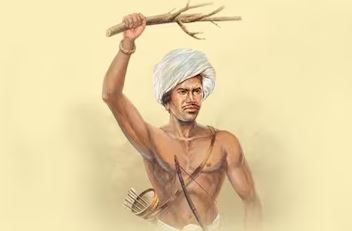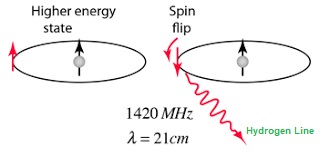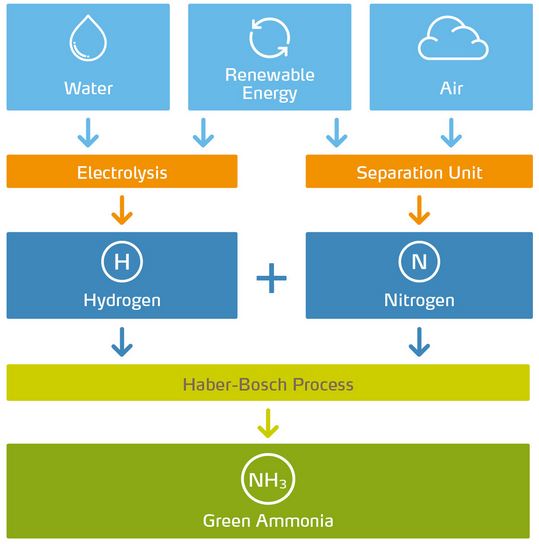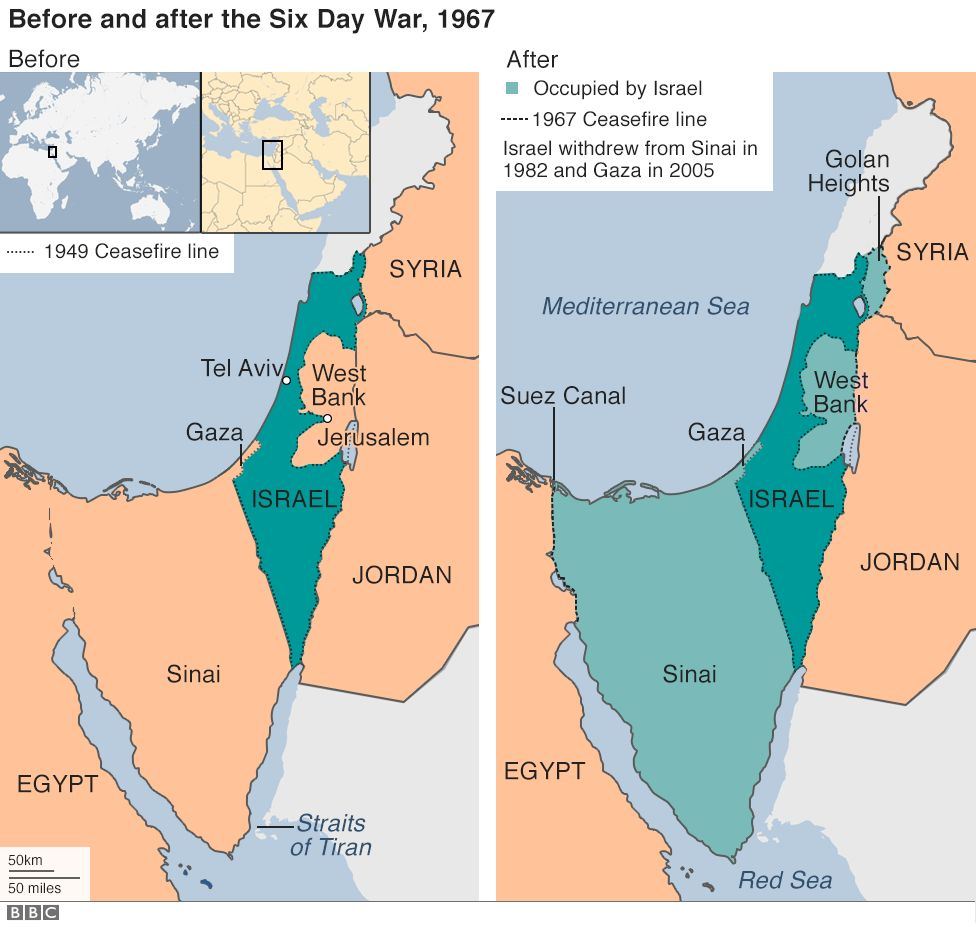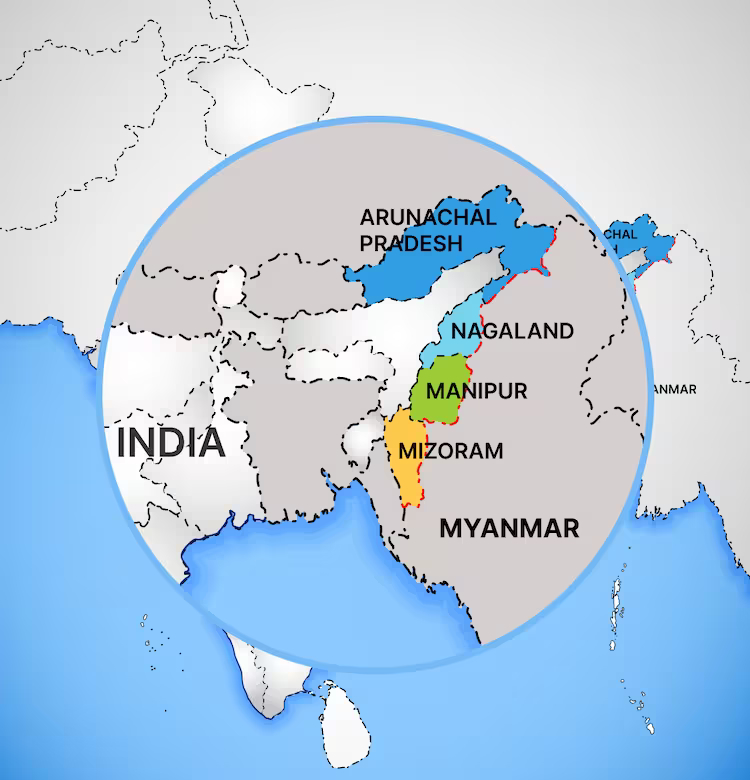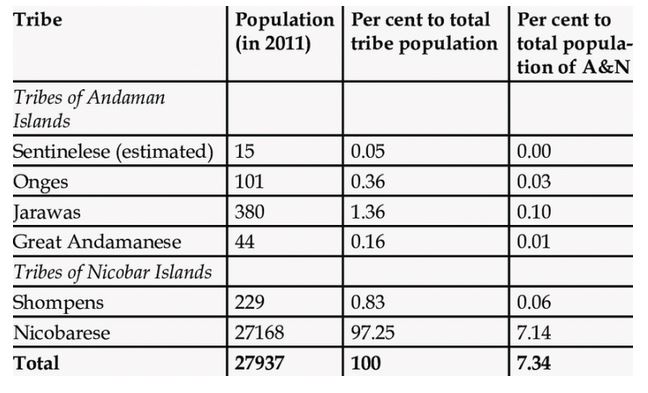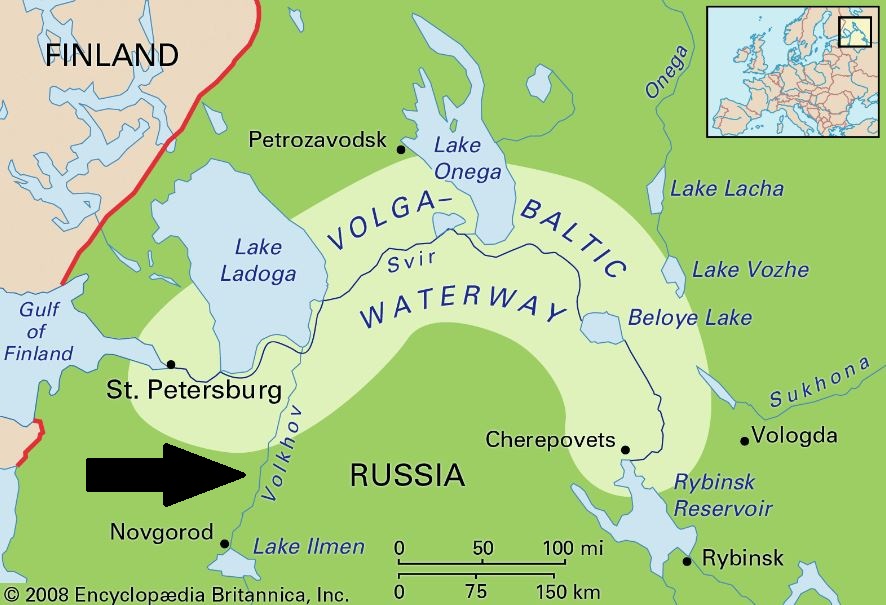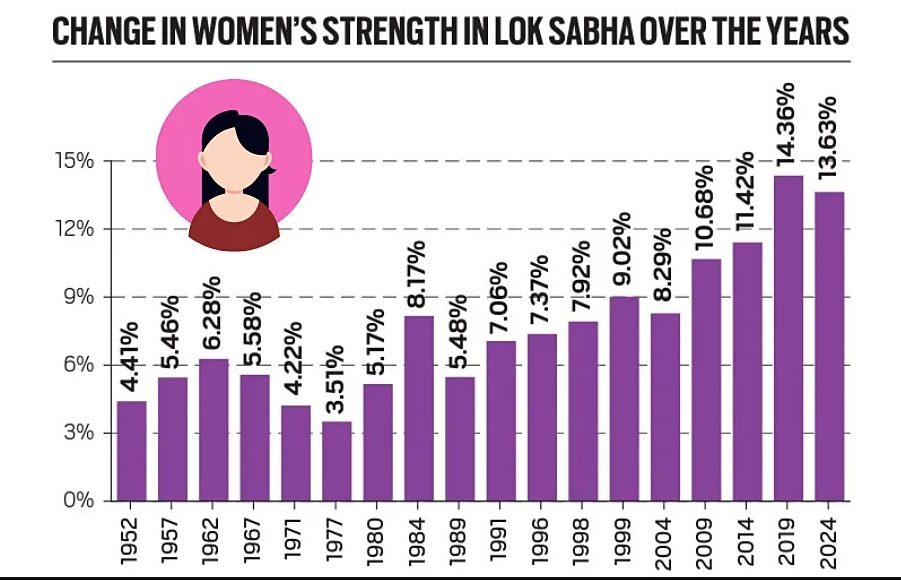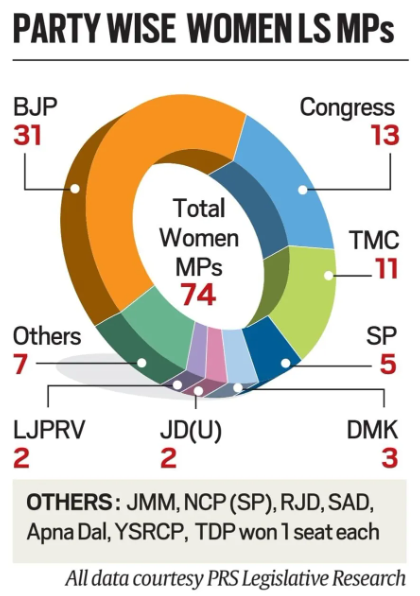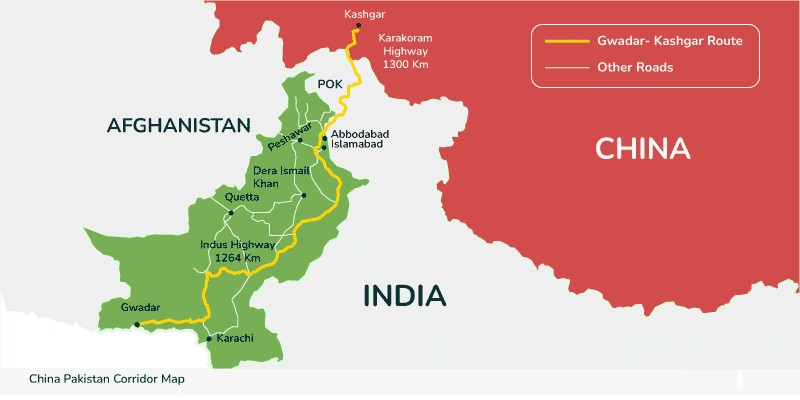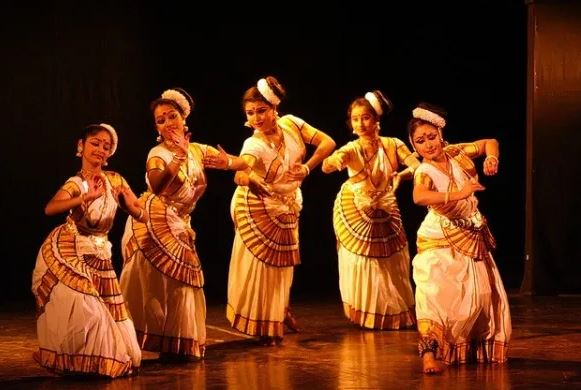Why in the News?
After the swearing-in ceremony of PM Modi, he is set to share the four big portfolios of Home, Defence, Finance, and External Affairs with its alliance partners.
What are the Cabinet Committees?
- Cabinet committees in India are groups of ministers formed by the Prime Minister to handle specific tasks or issues more efficiently.
- The PM sets up these committees with selected members of the Cabinet and assigns specific functions to these committees.
- The PM may change the number of committees, and modify the functions assigned to them.
- Usually, only Cabinet ministers are members of these committees. However, non-Cabinet ministers are not unheard of to be members or special invitees to committees.
- If the PM himself is a member of any such committee, he acts as the head of that committee.
Evolution of Cabinet Committees in India’s Governance
- Cabinet committees operate under the Government of India Transaction of Business Rules, 1961.
- These committees are categorized as Standing (Permanent) or Ad-Hoc (Temporary).
- They are established based on Article 77(3) of the Constitution, allowing the President to make rules for efficient transaction of government business and allocation among ministers.
- Membership varies from three to eight, predominantly comprising Cabinet ministers, with the Prime Minister often presiding.
- The number, terminology, and composition may change over time.
Note: All Cabinet Committees except the Cabinet Committee on Accommodation and the Cabinet Committee on Parliamentary Affairs are headed by the Prime Minister.
There are 8 Cabinet committees at present —
|
About Cabinet Committee on Security
- Head of the Committee: The Prime Minister assumes the role of the committee’s head.
- Membership: Cabinet ministers of Finance, Defense, Home Affairs, and External Affairs serve as members.
- Key Responsibilities: The committee addresses issues related to law and order, internal security, and foreign affairs policy with security implications, including matters concerning atomic energy.
- Economic and Political Considerations: It also examines economic and political issues relevant to national security.
- Financial Oversight: The CCS reviews cases involving capital defence expenditure exceeding Rs 1,000 crore.
- Departmental Considerations: Additionally, it evaluates matters concerning the Department of Defence Production, Department of Defence Research and Development, Services Capital Acquisition plans, and procurement of security-related equipment.
Why is CCS so important?
- The CCS, led by the Prime Minister, includes key ministers overseeing finance, defence, home affairs, and external affairs, playing a pivotal role in national security discussions and appointments.
- It makes major decisions regarding significant appointments, national security issues, and defence expenditure, indicating its crucial role in India’s security framework.
- Apart from defence matters, the CCS addresses law and order, internal security, foreign policy on security issues, and matters related to atomic energy, showcasing its broad spectrum of responsibilities.
Alliance Partners in the Cabinet Committee on Security (CCS)
- 1996 Government Transition: A notable instance was during the 1996 H.D. Deve Gowda government, following Atal Bihari Vajpayee’s resignation as Prime Minister. Deve Gowda, then CM of Karnataka, took office as Prime Minister on June 1. Mulayam Singh Yadav from the Samajwadi Party served as Defence Minister, P. Chidambaram, founder of the Tamil Manila Congress earlier that year, became Finance Minister, and Indrajit Gupta of CPI assumed the role of Home Minister.
- 2001 Appointment: During Vajpayee’s tenure leading the NDA government in 2001, George Fernandes, founder of the Samata Party, was appointed Defence Minister, holding the position for three years. Notably, during his tenure as Defence Minister in Vajpayee’s second and third ministries (1998–2004), Fernandes oversaw critical events such as the Kargil War and nuclear tests at Pokhran.
- Party Distribution: However, during the UPA government, the Congress retained all CCS positions, whereas in the Modi government, the BJP held all four positions.
PYQ:[2014] The size of the cabinet should be as big as governmental work justifies and as big as the Prime Minister can manage as a team. How far the efficacy of a government then is inversely related to the size of the cabinet? Discuss. [2017] Out of the following statements, choose the one that brings out the principle underlying the Cabinet form of Government: (a) An arrangement for minimizing the criticism against the Government whose responsibilities are complex and hard to carry out to the satisfaction of all. (b) A mechanism for speeding up the activities of the Government whose responsibilities are increasing day by day. (c) A mechanism of parliamentary democracy for ensuring collective responsibility of the Government to the people. (d) A device for strengthening the hands of the head of the Government whose hold over the people is in a state of decline. |

